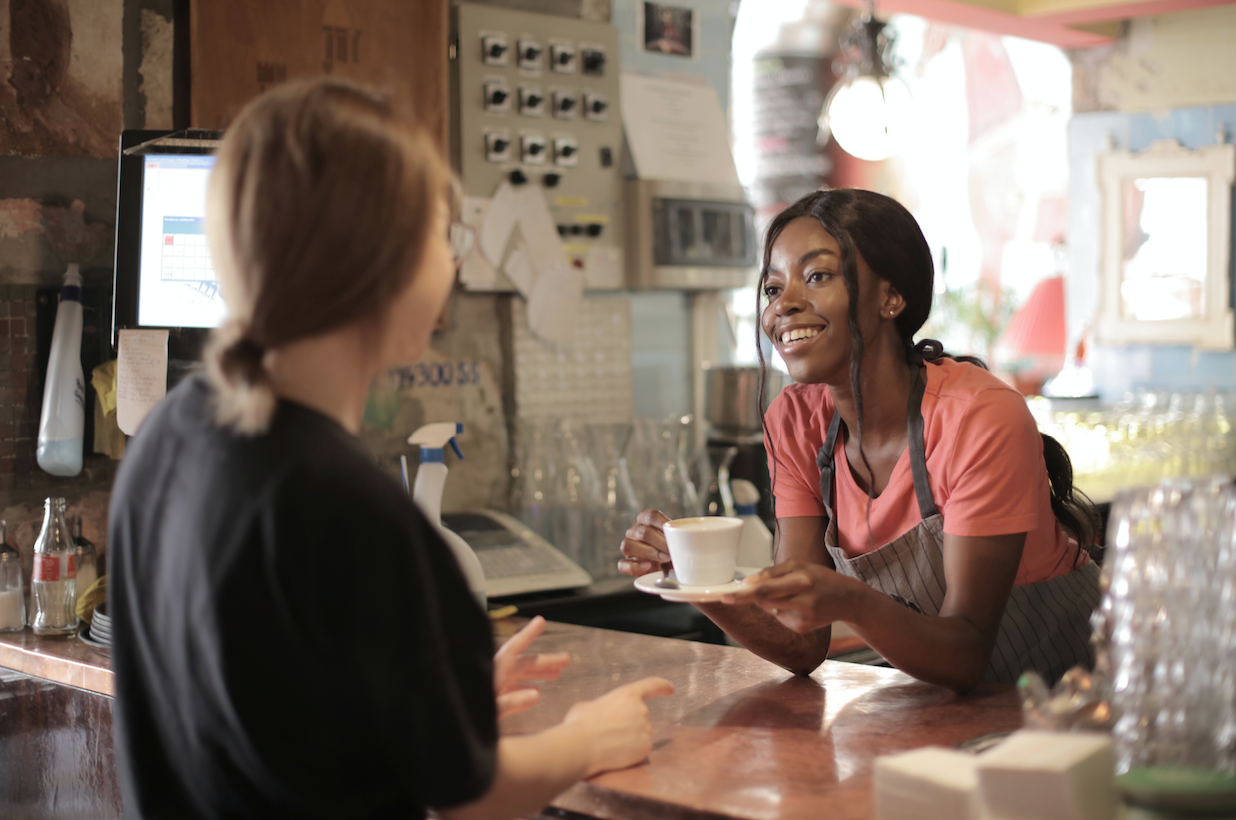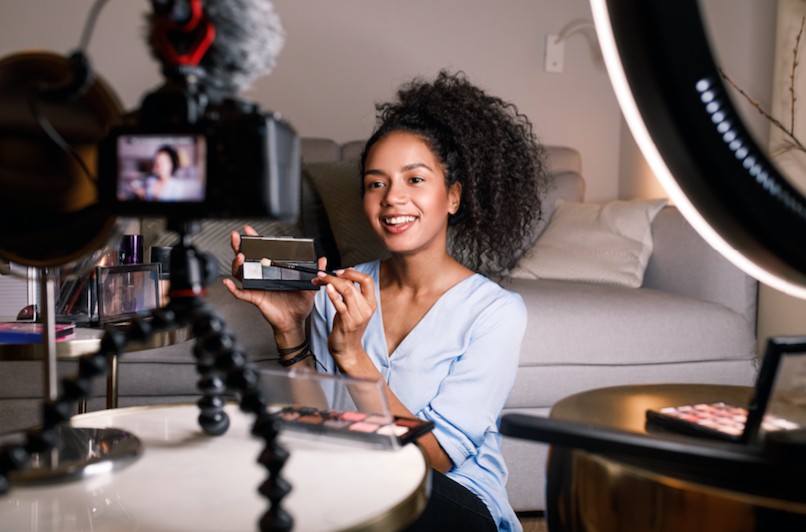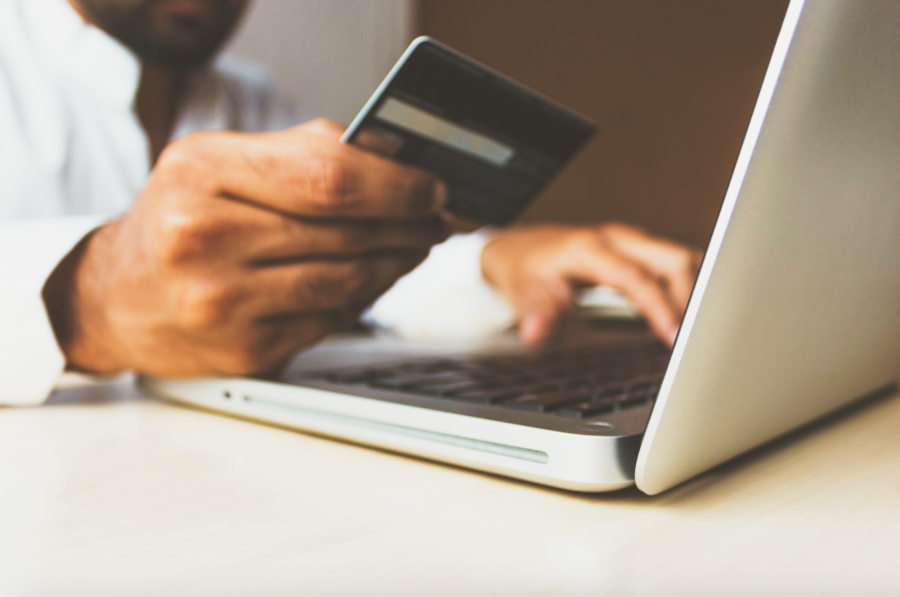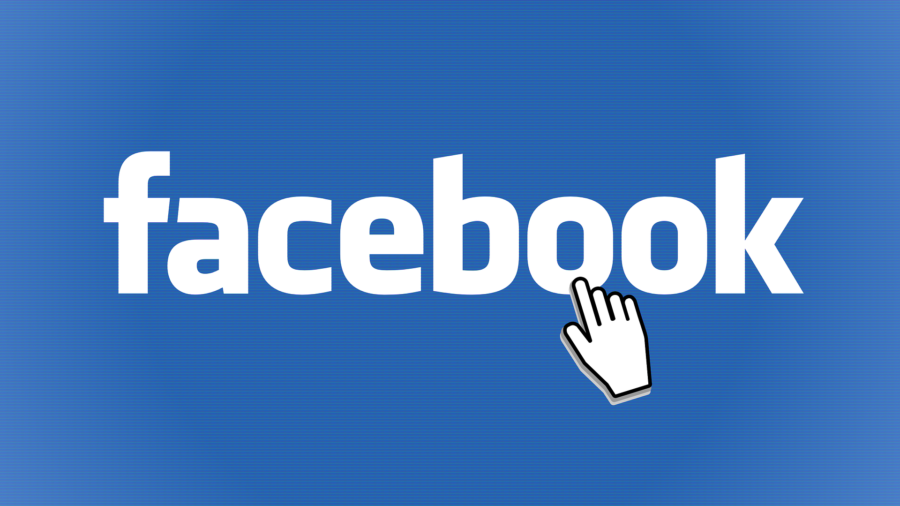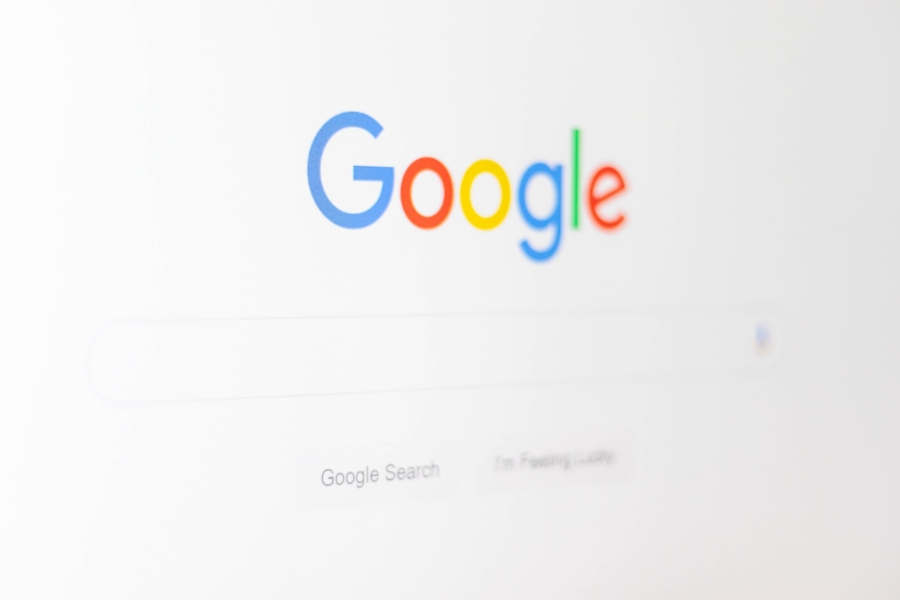If you can’t measure it, you can’t improve it. This is especially true when it comes to marketing campaigns. The extent to which we’re able to measure the impact of our campaigns determines the quality of our
- Home
- Digital Marketing
When dreaming up ways to improve search engine results, it makes sense to consider the customer loyalty factor. Why you ask? Customer loyalty plays a very crucial role in marketing for a company. Whether it may be
A blog can be an extremely valuable asset to a business’s overall success. Over the last decade or so, businesses have increased revenue, improved brand awareness, and boosted conversions with valuable written content published for their target
User-generated content, or UGC, has been very successful in terms of being effective in creating a highly successful, long-term SEO and conversion strategy. UGC can improve KPIs for your search marketing: Increase your page rankings Increase Google
While many of us hoped webinars would be a trend that stayed in 2020, they’re still a necessity in the upcoming year. There are many benefits to holding webinars, though. Such as educating your audience, proving your
It's fairly safe to say that 2020 was a tough year for us all, in personal and professional life. We have all needed to adjust to the new normal. One industry that was heavily impacted was influencer
Along with the ramping up of ecommerce in the early days of quarantine, so did fraudulent activities. According to brand protection firm, Red Points, the sale of fake cosmetics, apparel, toys, and sporting goods surged, with the
Brick-and-mortar retail was a significant revenue-driver as recently as 2019, but Covid-19 has changed everything. The pandemic has already accelerated levels of e-commerce growth not previously expected until 2022 at minimum. Live shopping is coming up as
With billions of people using Facebook each month, the opportunity for lead generation is endless. Facebook recently shared tips on how to maximize lead generation via Facebook posts and ads to help businesses boost the performance of
Is your 2021 resolution to improve your Google Ads campaigns and increase your overall business profitability? As marketers, it’s important to maintain control over our strategies and campaigns. Google’s optimizations are not always in the best interests

